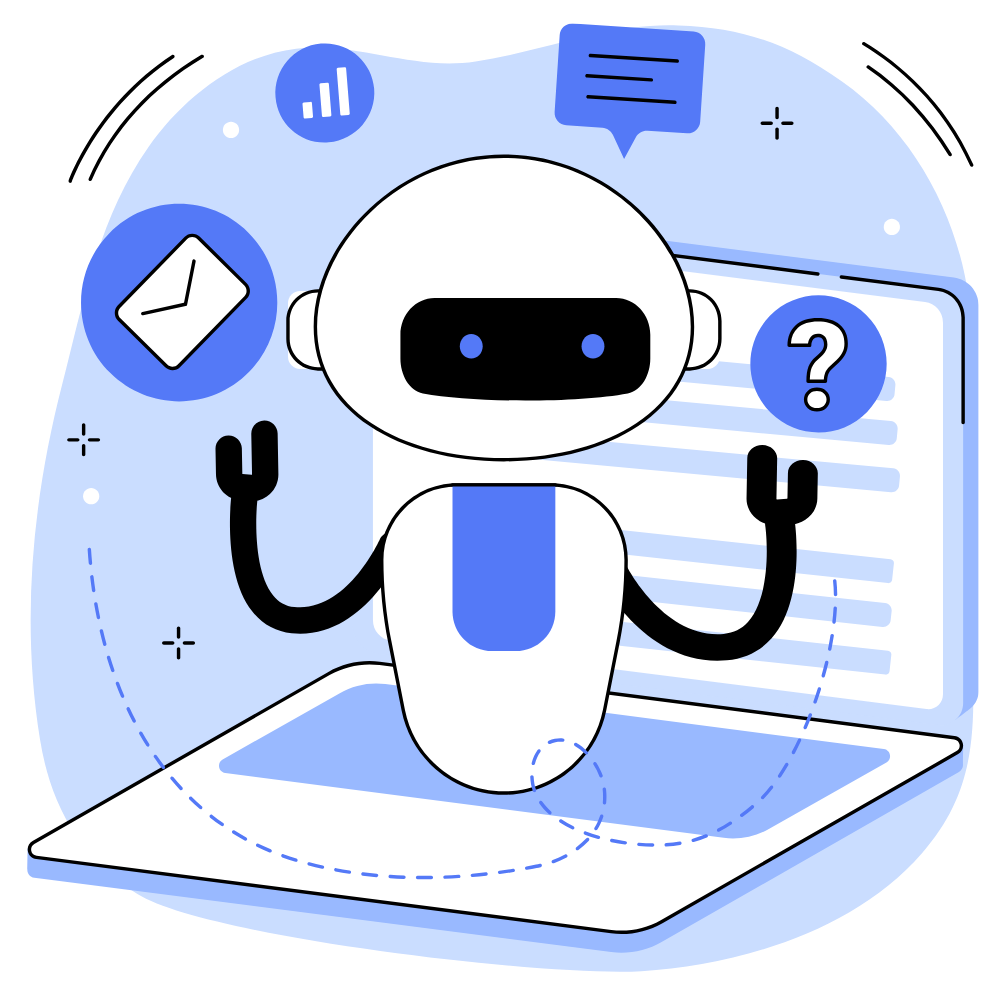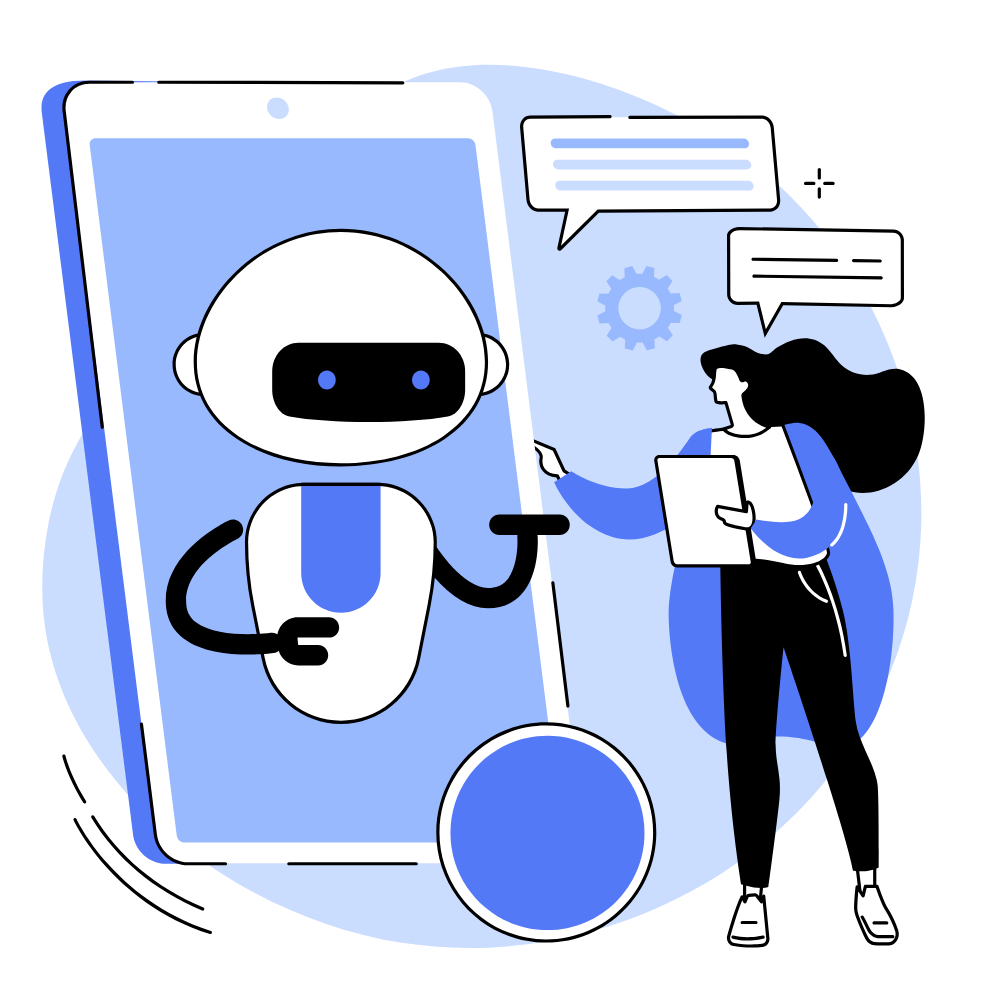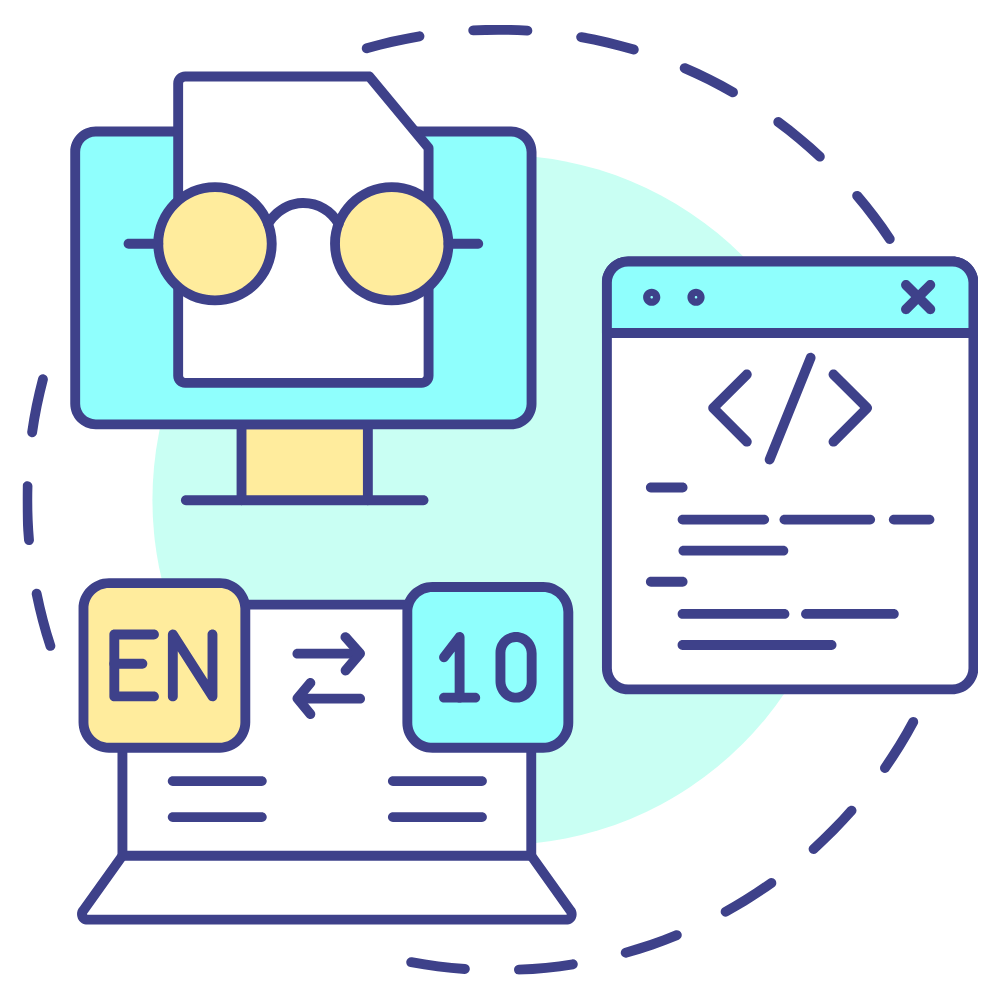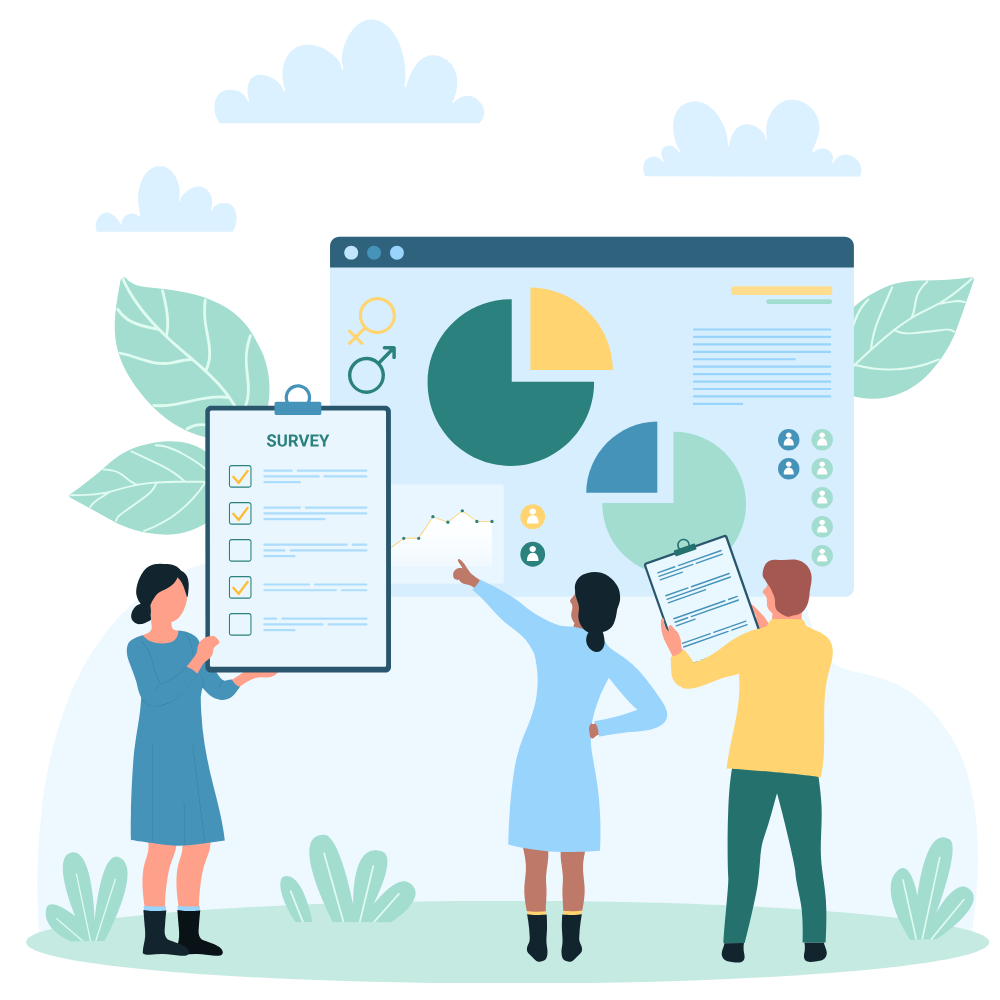Large Language Model (LLM) Development Services
Large Language Models (LLMs) represent a transformative advancement in artificial intelligence (AI) technology, offering a multitude of benefits and features that have revolutionized various fields and industries.

Benefits of Large Language Models
(LLMs)
Features of Large Language Models
(LLMs)

Natural Language Understanding (NLU)
LLMs possess advanced NLU capabilities, allowing them to comprehend and interpret human language with high accuracy. They can understand context, semantics, and even subtle nuances, enabling them to perform tasks such as sentiment analysis, entity recognition, and language translation effectively.
Language Generation
LLMs excel in generating coherent and contextually relevant text across various domains and styles. They can produce articles, stories, code snippets, and more, with human-like fluency and creativity, making them valuable tools for content creation, creative writing, and automation of text generation tasks.


Scalability and Adaptability
LLMs are highly scalable and adaptable, capable of processing massive amounts of text data and learning from diverse sources. They can be fine-tuned or customized for specific tasks or domains through transfer learning, allowing users to leverage pre-trained models and adapt them to suit their unique requirements.
Knowledge Representation
LLMs serve as repositories of knowledge, capturing and encoding information from text data in structured formats. They can extract facts, relationships, and concepts from textual sources, enabling tasks such as information retrieval, knowledge synthesis, and question answering with unprecedented accuracy and efficiency.


Continuous Improvement and Evolution
LLMs benefit from ongoing research and development efforts, leading to continuous improvements in their performance, capabilities, and robustness. As researchers refine training methodologies, optimize architectures, and explore new applications, LLMs evolve to become more powerful, versatile, and reliable over time.




